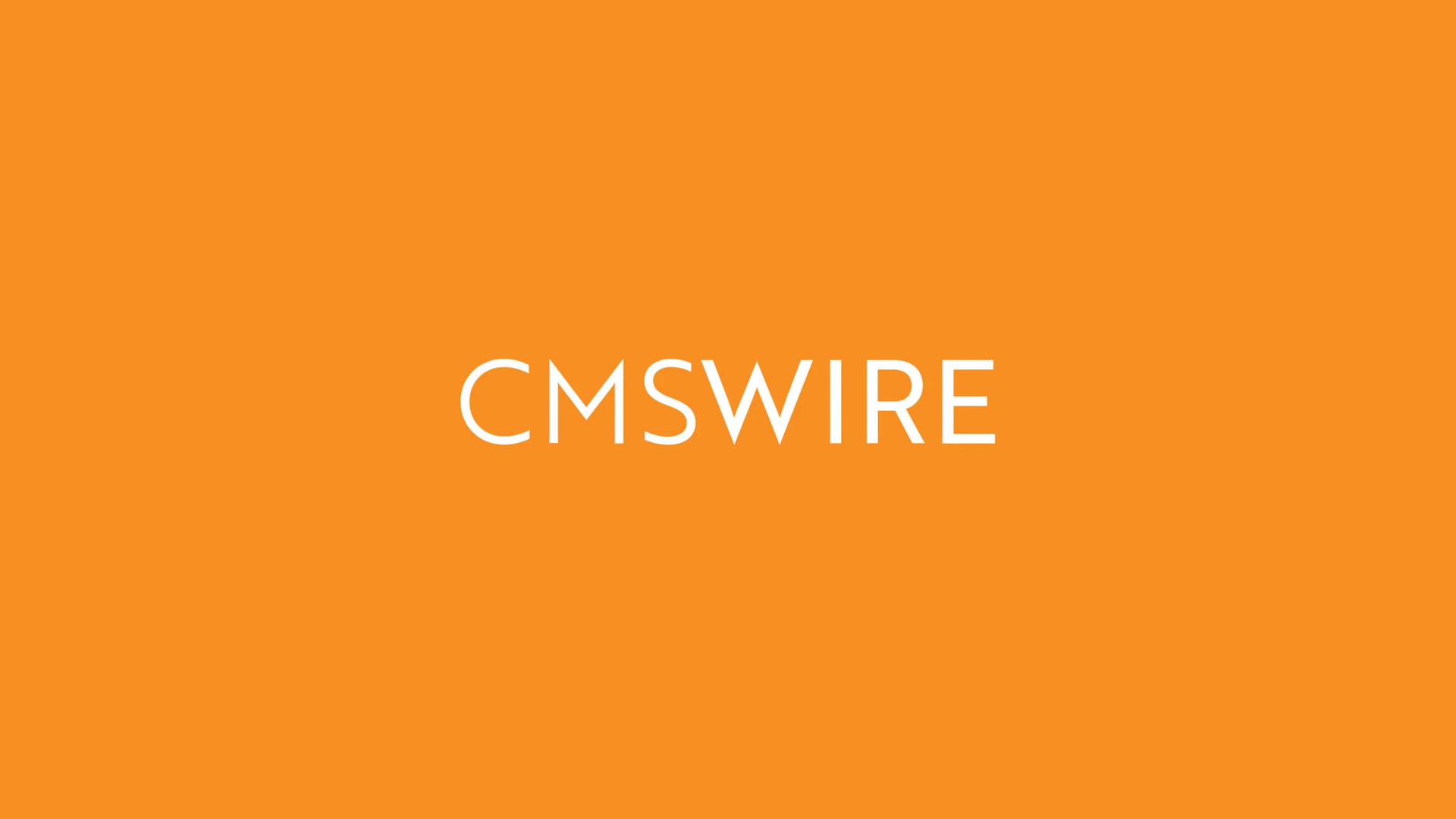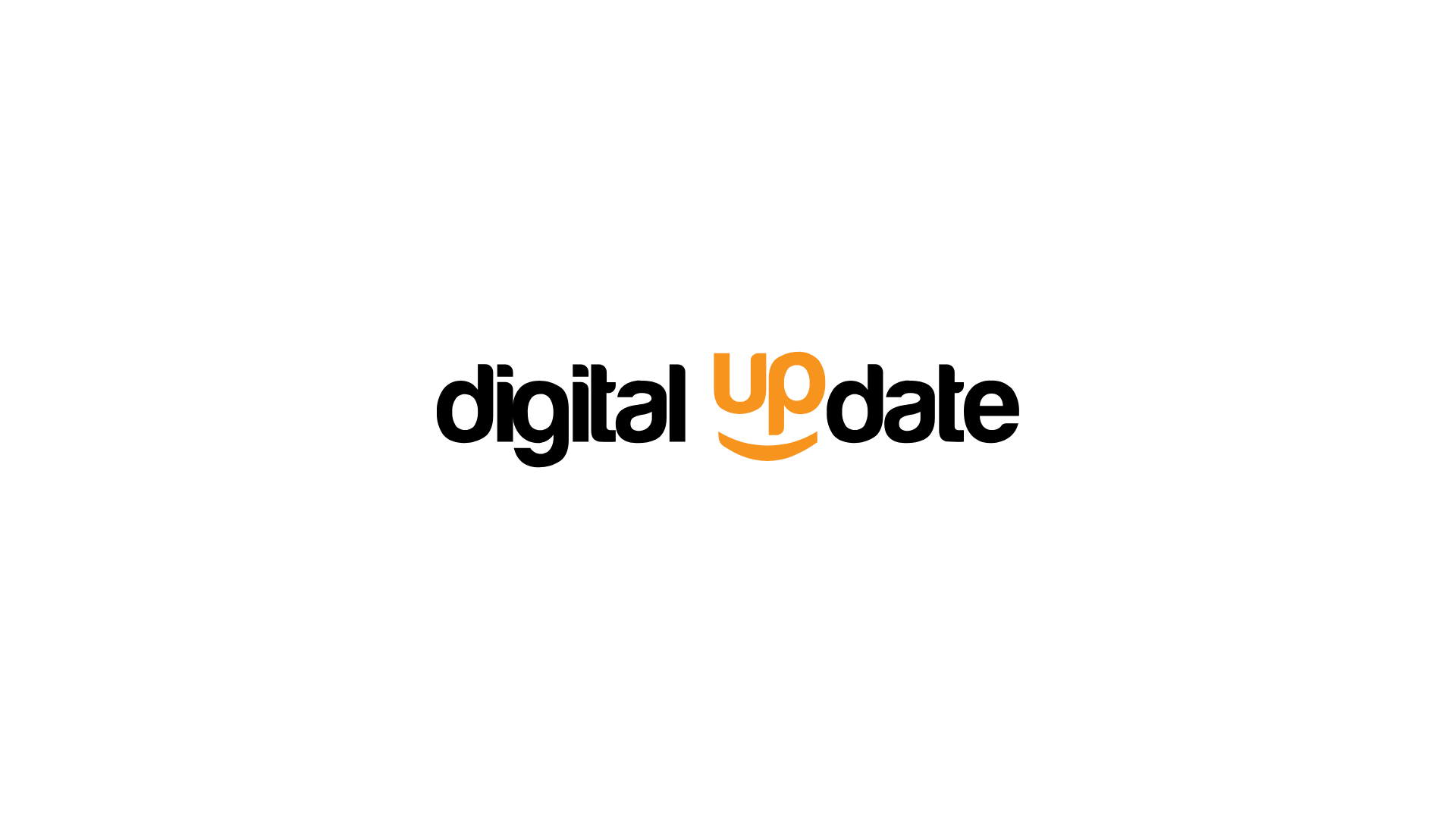I met Max Koziolek and his start-up Spectrm a couple of years ago, when I was still at Benetton Group. Max immediately struck me as one of the brightest people I had ever met and his martech – an enterprise platform to create and scale chatbots and digital assistants – looked and still look promising the same way.
This is enough to make you understand why I did not hesitate to accept the invitation to participate in One to One: the Conversational Marketing Podcast, an initiative of the start-up itself, in an episode entitled Zero-Party Data and the Future of Marketing.
I did my best not to give obvious answers to ultra-discussed topics; if you want to listen to my 20-minute chat with Benjamin Gibert you can do so on Spotify, Apple Podcasts or Youtube.
If a reading is more your style, well… scroll below the video version.
[Question] Could you define “zero-party data” for us?
[Answer] I could say it’s the data that you own, but I don’t like this definition as it’s pretty tech. Instead, I prefer to say it’s the data the users are sharing with you somehow explicitly by interacting with your brands’ touchpoints, whether it’s a website, a store or, why not, a Web3 experience or your Discord community (and believe me, if you are still not into Discord, you will be impressed by the number of opportunities it can offer in terms of user data enrichment).
[Q] Why is zero-party data so important today?
A: If you expect me to say it’s important given what is happening around cookies, sorry, I won’t. There’s a lot of debate around this already, and I won’t bring anything new to the table. To me, zero-party data is important because, as I was saying earlier, it’s somehow explicitly shared by the user. That means brands should care about it more then they care about other forms of data, because as users are proving some kind of trust sharing these data, they are supposed to get something back.
However, I’m a tech guy and I feel I’m not the right person to discuss about engagement strategies. The only thing I would say is that there’s too much talk about how to collect more data and too little about how to distill and activate it in a meaningful way for the users.
[Q] Can you please elaborate on this point, and suggest some approaches you think work well to distill and activate data to provide value to users.
[A] Some weeks ago I was reading a research that was saying that over 99% of marketers will achieve the single customer view by the end of 2022. This is bullshit, and sorry for being so explicit. That won’t happen, and those kind of headlines are only good to stress out marketers.
Likely, best scenario is that it will take years to achieve a single customer view. You can do it, I’m not say you shouldn’t. My only recommendation is to go for a phased approach: start with choosing a small subset of user data and activate some basic personalization, the rest will come.
[Q] What role do chatbots play in collecting zero-party data?
[A] One of the pillars of customer centricity that I like the most is “being where your users are,” and we know that people right now are not necessarily on your website. They might be on the social media scrolling your feed, on Google searching for the nearest store, or on Discord interacting with your community. That means a very basic “chatbot strategy,” if that makes sense, will allow you to be in the right place at the right time, allowing users to chat with you. You can help them to discover and buy your products or get some support 24×7 simply by leveraging NLP or having them interact with a guided workflow.
On top of that, it’s all about creativity. Think about quizzes and surveys: all of these were cool ideas to enrich your user data, but I feel they are a bit out-dated, and there’s some space here for chatbots.
Back to your question, whether it’s product discovery, customer support, or gamification, any kind of chatbot potentially generates data that will be available to activate on other channels.
[Q] What are the top 3 pieces of advice you have for other marketers just getting started with zero-party data?
[A] Again, if you are asking me for concrete advice on what to do with zero-party data, I won’t make you happy. I’ve been both on the client and agency sides, and I see that the main issue is not about technology or data but individual mindsets and organizational complexities.
That being said, here are my 2 pieces of advice:
- First: everything changes fast and you can’t predict, but you can prepare. So, my first tip is to embrace ambiguity and don’t be scared to test. The role of a marketing technologist is to help businesses create a significant impact on customer experience introducing small wins within a longer-term roadmap or vision.
- Second, as I was saying, no matter how cool is the new tool you adopted, it’s all about the people. No matter the size of the company you are working with, collaborate with people around you. Marketing technologies and data do accelerate innovation, but it all gets most effective when collaborating. Think about Customer Data Platforms: the hype is waning because they should enable a connected experience across multiple touchpoints, but the way they are currently introduced creates a more siloed approach.
[Q] Do you have any recommendations for how to reduce the silos? Or what are the dangers you see in this siloed approach?
[A] The danger I see is simple. An experience which is not coherent across touchpoints could affect your users trust, especially after they have chosen to share personal information with you. The best in-store experiences are based on very accurate rituals and most of the time I don’t find the same level of accuracy in online experiences.
Recommendation remains the same: collaborate with other departments. Marketers themselves don’t have the skills to implement platforms that are truly omnichannel. Thanks to some emerging technologies, there’s an interesting hype around Composable Customer Data Platforms: I would look here rather than out-of-the-box solutions.
On the other hand, I often hear of IT departments that want to modernise and implement marketing-oriented solutions, however most of the time this happens without a cross-functional group of work, and there’s no chance for these projects to succeed.
[Q] Five years from now: as the world becomes more focused on privacy, what will the future of marketing look.
[A] Marketing techniques are now too aggressive. I feel like marketing will become more gentle. I don’t know what “gentle marketing” means exactly, but as I said, I feel people are getting tired of hyper-personalization. They may react negatively if they receive ads based too closely on purchase history or location data.
The shift in public perception of data privacy that happened in these years because of multiple data breaches could be just the beginning now that Web3 is getting bigger. Did you know that only 20 minutes of a virtual experience generate almost 2 million pieces of data? Huge, isn’t it?






